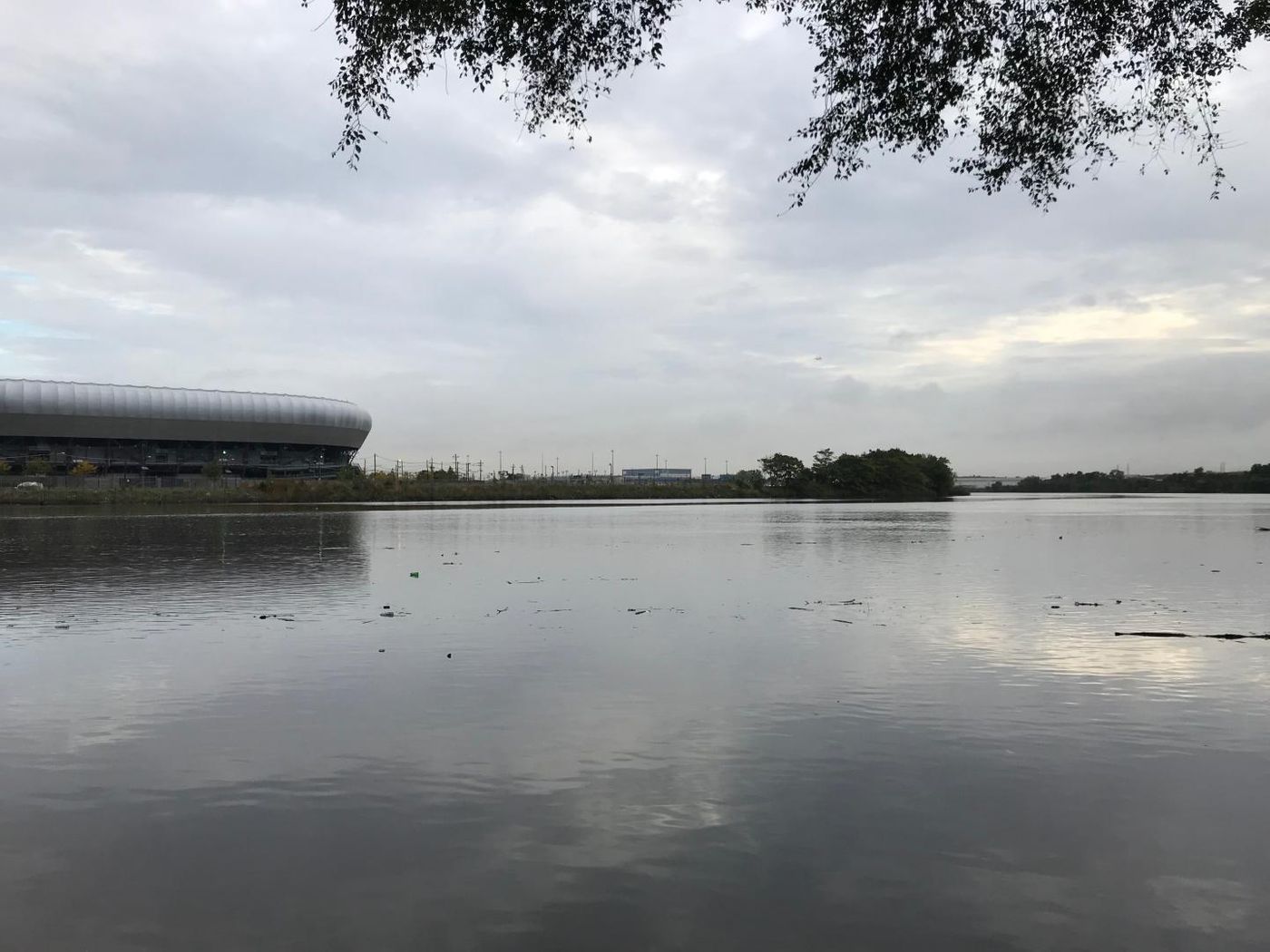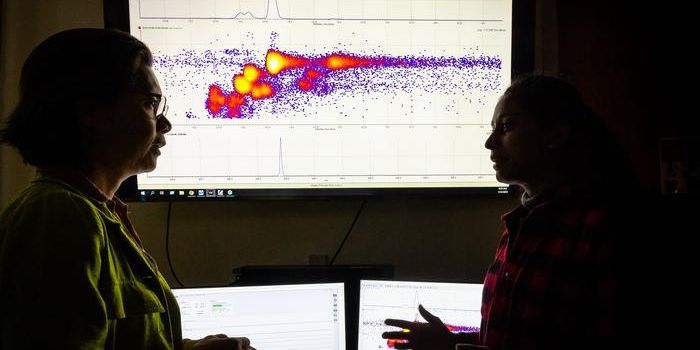How Microbes Can Help Clean a Toxic River
Some places in the United States have become dangerously polluted with hazardous waste. The EPA oversees a program that aims to clean up these so-called Superfund sites; there are about 40,000 of them and 1,600 are considered to be priorities.
One Superfund site is the Passaic River in New Jersey, where very toxic chemicals called dioxins have built up in the sediment. The pollution there dates to manufacturing in the 1940s, but it seems to have become especially bad when a company called Diamond Alkali began manufacturing Agent Orange, a defoliant and herbicide, for use in the Vietnam War. Chemicals used or produced in the manufacturing process, of which the toxic carcinogen 2,3,7,8-tetrachlorodibenzo-p-dioxin (TCDD) is one, and Agent Orange itself ended up in the river. That clearly caused serious damage to the environment.
The half-life of TCDD can also be very long. In river sediments, the half-life of TCDD is thought to be 100 years. So it hangs out there and poses a threat to the environment and local food production for ages.
Scientists at Rutgers University may have some good news for this Superfund site, however. They learned that bacteria can help defuse the dioxin in the Passaic River sediments. The findings, which were reported in Environmental Science & Technology, may also aid in the cleanup of other sites, though more research will be needed to make that determination.
"The bacteria-driven process we observed greatly decreases the toxicity of dioxin," said the senior study author Donna E. Fennell, a professor who chairs the Department of Environmental Sciences in the School of Environmental and Biological Sciences at Rutgers University-New Brunswick.
In this work, the researchers obtained samples from the bottom of the river and used it to create mud in the lab. They added the TCDD, and a chemical that encourages bacteria to dechlorinate called dichlorobenzene.
Bacteria were found to dechlorinate the TCDD; they take chlorine atoms away from the chemical. After sequencing the genetic material in the mud, the researchers suggested that a novel Dehalococcoidia bacterium is responsible for the dechlorination.
"Our results showed that although the process is quite slow, it can be enhanced and may even have the potential to remove all toxic chlorines from the compound," said lead author Rachel K. Dean, a graduate student at Rutgers.
Dredging will still be necessary to remove the sediments in the Passaic River that are thoroughly contaminated. Some chemicals will remain in the estuary where it has spread. The bacteria could be helpful in removing it.
The scientists want to find the bacterial enzyme or enzymes that are involved in dioxin dechlorination so that it can be studied and potentially applied elsewhere.
Sources: AAAS/Eurekalert! via Rutgers University, Environmental Science & Technology









